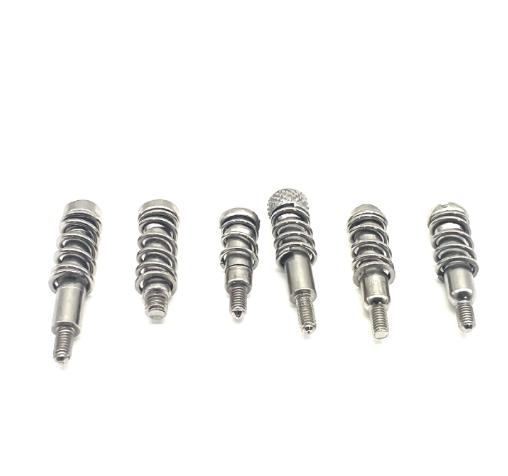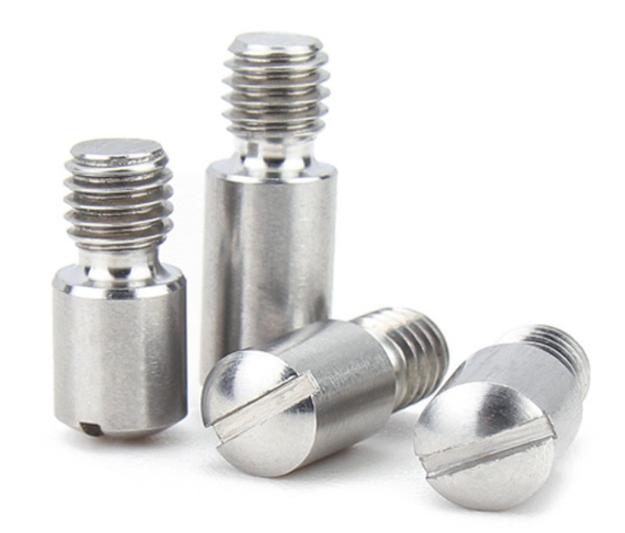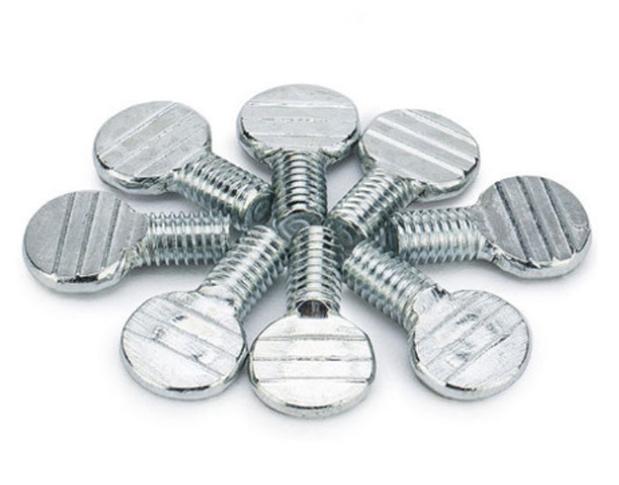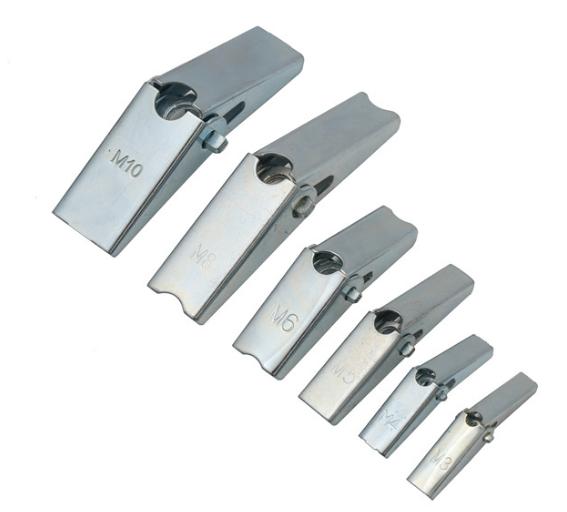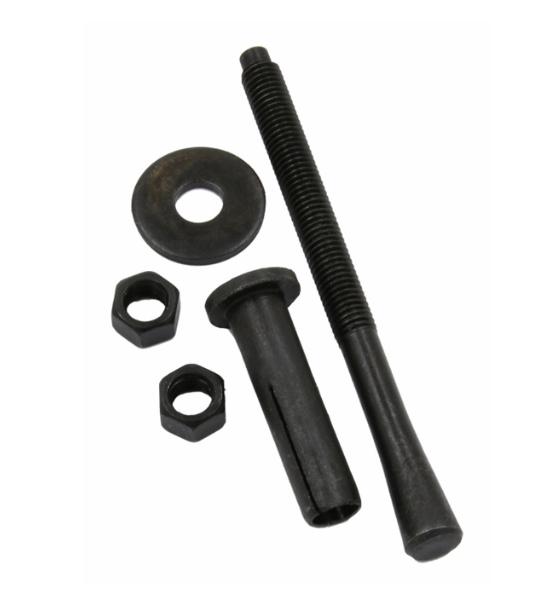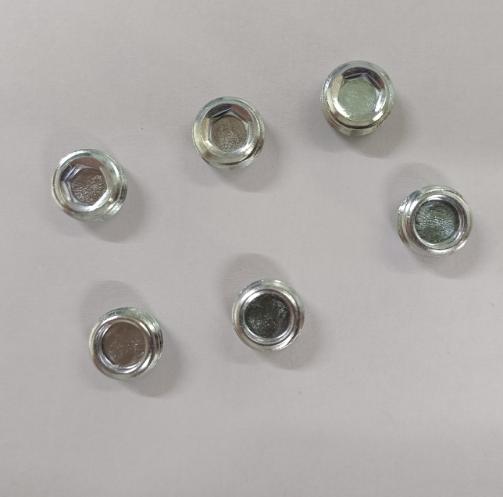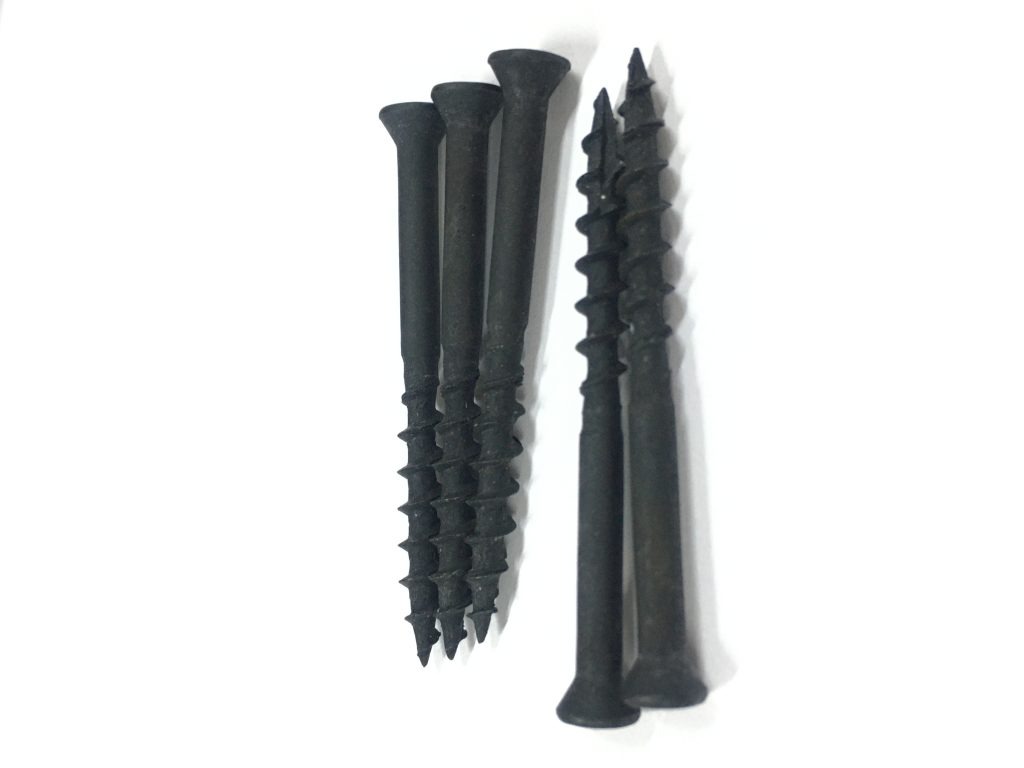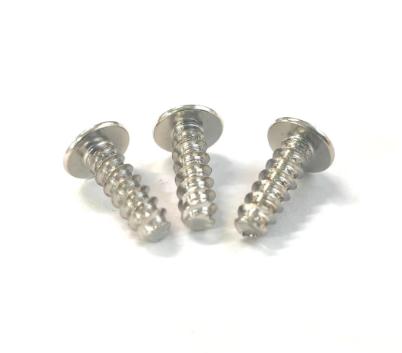What is a Torx Screw?
In the realm of fasteners, a torx screw has developed as a popular and highly efficient alternative to standard screw heads. Torx screws, with their distinctive six-pointed star-shaped design, offer significant advantages over ordinary screws, making them a popular choice in a variety of industries. In this article, we will focus on the topic of what is a torx screw, exploring its unique features, the benefits it provides, and its wide applications.
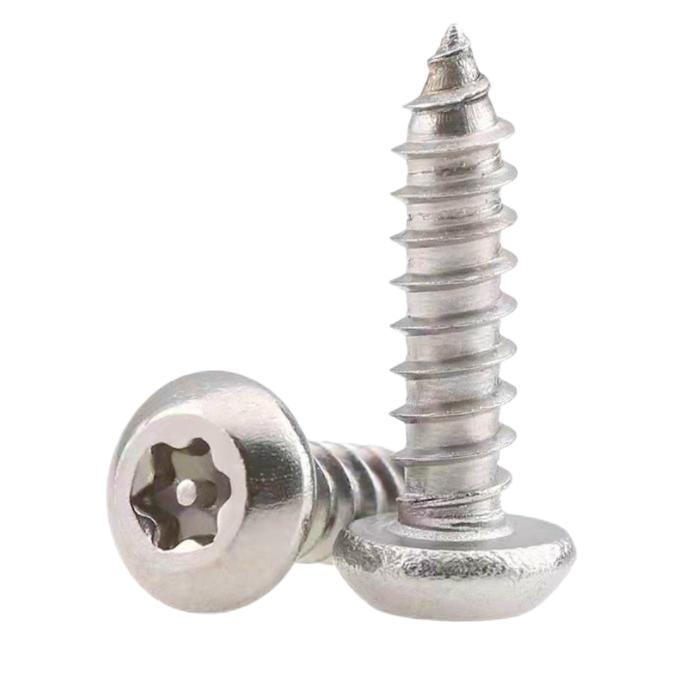
Definition of a Torx Screw
A torx screw is a type of fastener with a six-pointed star-shaped recess in the screw head. This feature distinguishes it from standard screws with single-slot or cross-recess heads, such as Phillips or flathead screws. The term “Torx” is a mix of “torque” and “hex,” emphasizing its ability to tolerate higher torque as well as its hexagonal design.
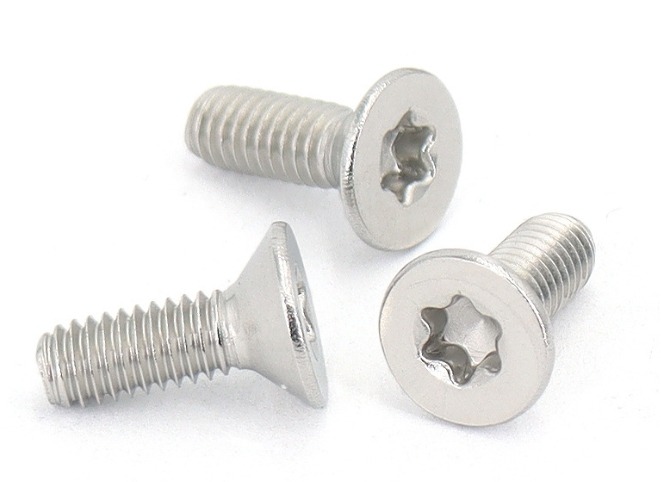
Distinctive Features of a Torx Screw
A torx screw is popular and widely used in a variety of industries due to its distinctive properties.
Six-Lobe Design
Torx screws are distinguished by a six-pointed star-shaped recess in the screw head. This design has more contact points than typical screws with fewer slots or recesses. The six lobes enable for a more stable contact with the appropriate Torx screwdriver bit, reducing the possibility of slippage during installation and removal.
Torque Handling
The design of a torx screw allows it to handle higher torque levels than other screw types. Torx screws can be tightened with higher power due to their improved torque transfer capabilities, making them appropriate for applications that demand a strong and solid grip.
Reducing Cam-Out
Cam-out is the slippage or disengagement of the screwdriver from the screw head while tightening, which is frequently caused by too much torque or improper engagement. Torx screws’ six-pointed star-shaped recess decreases the chance of cam-out, giving superior stability and lowering the danger of harming the screw head or surrounding material.
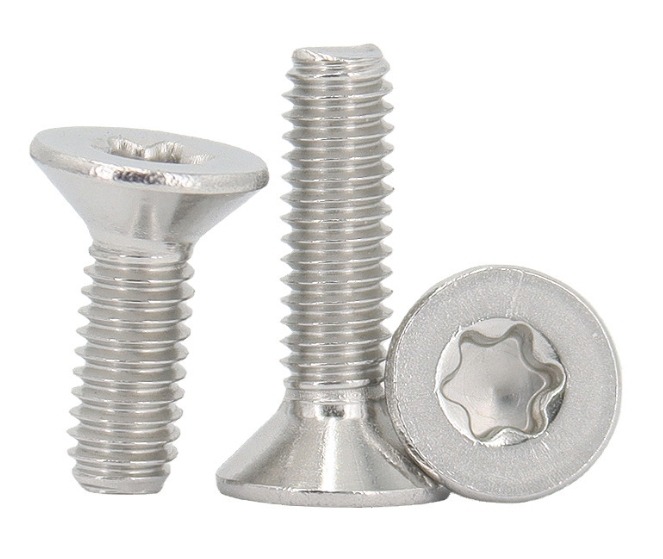
Securing Fit
The tight fit between the torx screwdriver bit and the screw head improves overall fastening stability. This snug fit enables precise and controlled screw insertion and removal, making torx screws suitable for applications requiring accuracy and consistency.
Minimal Wear and Tear
A torx screw head’s well-defined and exact design reduces wear and tear on both the screwdriver bit and the screw head itself. The reduced wear ensures that the screwdriver maintains its effectiveness over time, and it also prevents potential damage to the surrounding surface during installation.
Versatility
A torx screw comes in a variety of sizes, making them adaptable to a wide range of materials, thicknesses, and applications. Torx screws are used in a variety of industries, including automotive, electronics, aerospace, furniture, and construction, due to their versatility and performance benefits.
Wide Industry Acceptance
Torx screws have achieved widespread recognition throughout the years because of their dependability, convenience of use, and constant performance. As a result, many manufacturers now use Torx screws as their preferred fastening solution in their products and assemblies.
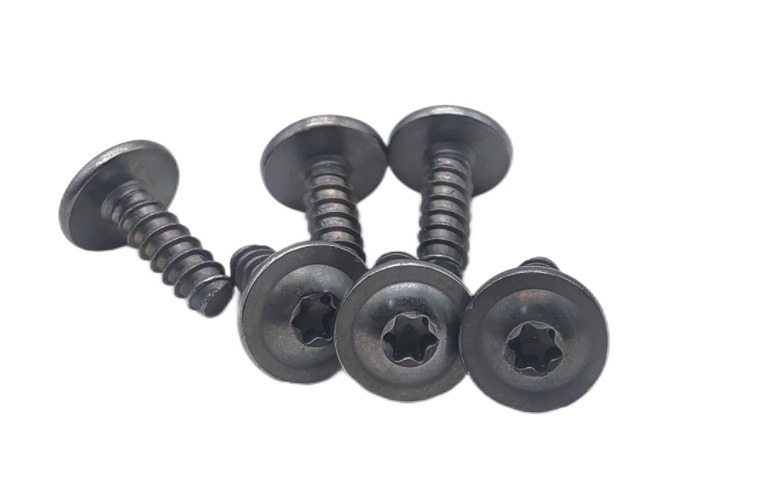
Benefits of Using a Torx Screw
Enhancing Efficiency
Torx screws have a six-pointed star-shaped design that offers a more secure engagement between the screwdriver bit and the screw head. This decreases the possibility of slippage or cam-out during installation, allowing for faster and more efficient fastening. Increased efficiency leads to increased productivity in assembly operations.
Reducing the Risk of Damage
A torx screw’s perfect fit and improved torque transfer reduce the possibility of harming the screw head or surrounding material during installation. The reduced danger of damage enables a neater and cleaner installation, preserving the assembled components’ integrity and look.
Increasing Stability
A torx screw provides improved tightening stability, resulting in more secure and reliable fastening. The screwdriver’s six-point contact with the screw head reduces wobbling and slippage, ensuring that the screw remains in position during the fastening process.
Longer Tool Life
The tight fit of the Torx screwdriver bit and screw head prevents wear and strain on both components. As a result, the screwdriver bit lasts longer, extending tool life and lowering replacement frequency.
Better Torque Control
Torx screws are designed to provide accurate torque control during installation. This is especially crucial in critical applications where overtightening or under tightening can cause performance concerns. It also ensures optimal joint integrity and prevents damage to sensitive components.
Enhancing Safety
A torx screw’s solid engagement and decreased cam-out contribute to a safer working environment. Slipping screwdrivers or unexpected fastener disengagement are less likely to cause accidents or injury to workers.
Resistance to Stripping
Torx screws are less prone to stripping than other types of screws. Because of the multiple contact points between the screwdriver and the screw head, the force is distributed more evenly, lowering the danger of breaking the screw recess.
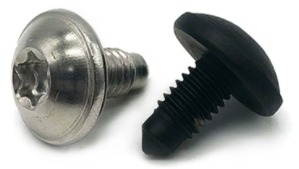
Applications of a Torx Screw
Torx screws are useful for a wide variety of applications because of their adaptability and efficiency.
Automotive Industry
A torx screw is commonly used in vehicle assembly, for crucial components such as engines, transmissions, and interior panels.
Electronics
Torx screws are widely used in the electronics industry, where fragile products such as computers, smartphones, and consumer electronics necessitate precise and secure fastening.
Aerospace
Torx screws are used in the aerospace industry to assemble aircraft components, ensuring reliable and durable connections.
Furniture and Cabinetry
A torx screw is used in furniture and cabinetry assembly, where stability and precise installation are essential.
Summary
A torx screw stands as a monument to modern engineering and design, outperforming traditional screw heads in terms of efficiency, stability, and variety. Torx screws have evolved into an essential tool for providing dependable and secure fastening solutions. They will continue to evolve and be used in a variety of industries as technology advances, contributing to more durable and efficient assemblies.

